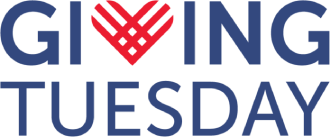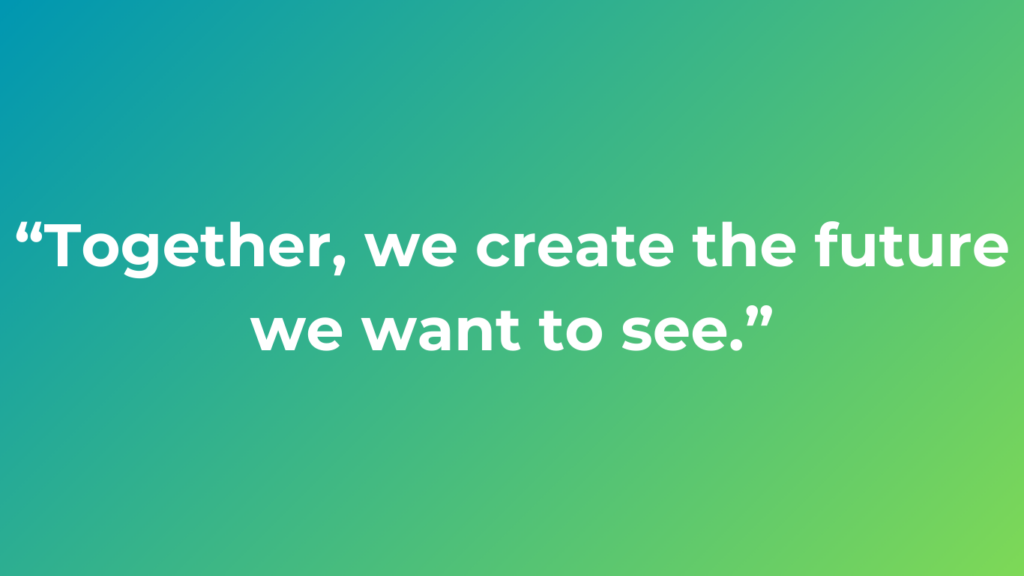Quick, get out your calendar and check how many Tuesdays are left until December 3, 2024. That’s the date for this year’s GivingTuesday, and we want to make sure you’re not only prepared, but making the absolute most of your efforts.
We’ve got information all over our website to help you, but your one-stop-shop for all things inspiration, tools, and resources is at GivingTuesday.org/participate.
So, where are you in your GivingTuesday campaign planning? Don’t know where to start? Need a stronger concept? Wish you had some strong data to rally people behind the power of generosity? Read through these 10 tips to supercharge your efforts.
1. Take time to be inspired. You’re starting earlier than most, so take advantage of this opportunity to see what ideas, approaches, and tactics resonate with you and your cause.
- Tip: Look around on social media to see what campaigns near you or causes similar to yours have done
- Resource: Visit givingtuesday.org/participate for inspiration from other campaigns across a variety of communities and issue areas
2. Understand your audience. Clarify who you want to activate for your campaign, then spend time understanding what’s important to them. From there, you can communicate how your campaign helps to meet their needs.
3. Determine a clear, actionable, and measurable goal. Clarify exactly what you want to achieve, by when, and how you will measure your impact.
- Tip: You can use the SMART goals technique to develop a goal that is Specific, Measurable, Achievable, Relevant, and Time-bound
4. Crystalize your core campaign idea. Clearly understand and articulate how you’ll approach your GivingTuesday campaign this year, making sure that the creative idea builds up to your goal and resonates with your audience.
- Resource: To see how others have approached GivingTuesday campaigns in the past, visit https://www.givingtuesday.org/generosity-toolbox-lp/
5. Connect with other campaigns. The more people, groups, and organizations that participate in GivingTuesday, the greater our collective impact. Find other campaigns that relate to your issue and/or in your local area to work together in building each other up!
- Tip: You could work together behind the scenes, or you can publicly collaborate to help increase awareness of your campaigns within your local community and/or the online community surrounding your issue area!
6. Get loud on social media. There is huge value to sharing your GivingTuesday campaign early and often on your social media channels. Encourage your team, friends, and volunteers and donors to do the same!
- Tip: Always use #GivingTuesday and tag us at @GivingTuesday so that your posts join the broader GivingTuesday conversation!
- Resource: For data about why it’s so important to talk about generosity on social media, read this blog post: https://www.givingtuesday.org/blog/the-transformative-power-of-shared-moments-10-reasons-to-share-your-generosity-online-and-offline/
7. Create memorable, emotionally engaging content. The best way to activate people is to speak to what matters to them – create content for your campaign accordingly. Tell stories that communicate the importance of your work and use visuals that humanize your efforts.
- Resource: If you need templates for any graphics, visit our Canva profile for easy-to-use designs: https://www.canva.com/p/givingtuesday/
8. Engage with local or cause-specific journalists. Find journalists who write for local or niche publications and share with them your campaign idea, the reason behind it, and stories of those who are impacted.
9. Share the data behind generosity. Donating, volunteering, and raising awareness is not just a nice idea – there is science behind its benefits. There’s also ample research about generosity across cultures, issue areas, and seasons. Use this information to best craft and communicate your campaign!
- Resource: Our Data Visualizations Library is a one-stop resource for myriad facts and figures that you can use internally and externally: https://www.givingtuesday.org/data-commons/visualizations-library
10. Measure your impact. Now that you’ve defined what success is in your goal(s), be sure to communicate your impact during and after your GivingTuesday campaign.




